Reviewer's Note: This is a round-up review of all of the initial Quark lights - Regular version Quark AA, AA-2, 123, 123-2. Quark lights were supplied by 4Sevens of 4Sevens.com. For those of you also in Canada, these are now available locally through
4Sevens.ca.
UPDATE July 23, 2009: My original Q123-2 appeared to be defective on 2xRCR (i.e. abnormally high output and short runtime). 4Sevens has sent me a replacement head unit for testing, and the results are in keeping with expected performance. Review has been updated accordingly.
Warning: Even more pic heavy than usual! 
The Quark lights are the first offering designed in-house by the well-known CPF dealer 4Sevens. Since the interface is common to all members of the Quark Regular series, I am reviewing them all in one massive round-up review thread. :sweat:
Time to check under the hood and see how these Quark lights are built, and how they perform relative to the competition.

(from left to right: 4Sevens CR123A, Duracell AA, Q123, QAA, Q123-3, QAA-2)
Common specs, taken from product insert:
- Cree XP-E R2 LED, guaranteed to be perfectly centered
- Modes: Regular has 8 output modes (2 with tightened bezel, 6 with loosened bezel). Tactical will also come in 8 possible output levels, but in a single programmable mode for each bezel state.
- Regular has a reverse clicky switch, recessed to allow tailstanding. Tactical versions with have a protruding forward clicky
- Regular comes on Moonlight (bezel loosened) or Turbo (bezel tightened) with no mode memory.
- Circuits are digitally regulated by a microprocessor.
- Specially coated lens to reduce reflective losses, orange-peel aluminium reflector for smooth beam.
- Generous knurling to enhance grip.
- Integrated clip that is reversible and removable (except for Q123 where it is permanently mounted, although you have the option to buy one without it).
- Watertight to IPX-8 waterproof standard.
- Aircraft aluminum, grade 6061, hard-coat anodized
- Square-cut threads to ensure consistent use over lifetime
Battery configurations are as follows:
Quark 123: Uses 1 x CR123A / RCR123A battery (0.9V~4.2V)
Quark AA: Uses 1 x AA alkaline / NiMH rechargeable / 3.7V 14500 battery (0.9V~4.2V)
Quark 123-2: Uses 2 x CR123A/RCR123A batteries / 1 x 17670 battery (3.0~9.0V)
Quark AA-2: Uses 2 x AA alkaline / NiMH Rechargeable batteries (0.9V~4.2V)
Reported OTF (out-the-front) lumen outputs for constant output modes:
Moonlight: 0.2 lm
Lo: 3.5 lm
Med: 18 lm
High: 70 lm
Turbo: 170 lm (with exceptions: 190 lm for Q123-2, 90 lm for QAA on 1xAlkaline/NiMH)
Weight/dimensions: (actually measured by moi :kiss

Q123: Weight 39.9g, Length 82.5mm, Width (bezel) 22.0mm
QAA: Weight 46.5g, Length 95.8mm, Width (bezel) 22.0mm
Q123-2: Weight 47.2g, Length 113.2mm, Width (bezel) 22.0mm
QAA-2: Weight 60.7g, Length 147.0mm, Width (bezel) 22.0mm
Shown above is the packaging for the Quark 123-2, but the others are similar (except for a simpler finger-grip on the single-cell lights). Included with all lights is a good quality wrist lanyard, extra o-rings, good quality belt holster, finger/hand-grip, primary battery (Duracell alkaline or 4Sevens CR123A) and manual.
Here's a close-up view of the main accessories:
All in all, a very nice package with a lot of goodies.

Here's how the Q123-2 looks disassembled:
Note that the heads, tailcaps and body tubes are physically interchangeable among the four models. The Q123-2 uses a different circuit from the rest, but the Q123/QAA/QAA-2 versions use the same circuit (i.e. you could switch tubes between those models for different battery performance).
On the Q123-2/QAA/QAA-2 lights, there is a removable single-direction clip attached to either the tail or head region of the battery tube, depending on the model.
One unusual twist here – the head and tailcaps are reversible on the battery tube of each individual light. 
oo: This is the first time I've seen this. It means you can "reverse" the direction of the clip by simply exchanging the head and tail regions. Here's what I mean:
Note that I haven't moved the clip in the pics above – just exchanged the head and tail. The light works properly in both orientations. This is an interesting (and novel) solution to problem of providing a bi-directional clip. It also explains why the tailcap threads are not anodized on the body to allow tailcap lockout (a feature I personally value) - this would prevent the ability to swap tail/head pieces.
The clip is secured in place by its own cover/grip ring, just like on the new
Olight Infinitum lights (i.e. unscrew the ring to remove the clip, screw back down to cover the gap where the clip attaches).
Overall, I quite like this approach, as it allows you the freedom to position the clip as you prefer, and also allows easy removal of the clip without leaving a gap.

The exception is the single-cell Q123 model:
The Q123 differs in that the clip is permanently embedded inside the head (shown above). You can request a clip-less version when you check-out on the 4Sevens site. Personally, I find the clip gets in the way when changing batteries on the Q123, but YMMV. :shrug:
All lights use a standard reverse clicky, with a slightly stiffer feel than typical (note the embossed 4-7 logo on the button cover

). The lights can tailstand on these Regular series Quarks - the soon to be released Tactical versions will have a protruding forward clicky.
Note the similarity of the circuit board in the head to the current Fenix lights (i.e. you can see the reverse polarity detector). I believe 4Sevens is using the same circuit designer as Fenix, but don't have any specific details. Note the overall dimensional similarity to Fenix and Olight.
The reflectors are what I would describe as medium orange peel, and are identical for all four models. 4Sevens uses a proprietary process to insure the LED is perfectly centered each time. :thumbsup:
Beamshots are provided with the individual light comparisons (below), to show you how the Quarks compare to other members of their respective classes.
As you will see when you scroll down, the most obvious beam characteristic is that the Quarks have a very broad beam compared to other lights. The maximum spillbeam width is one of the largest I've seen – at least as wide as the Lumapower Incendio/Connexion/Encore series lights.

oo:
But for all that you still get very good throw with no rings and few artifacts. This seems to be the new norm for XP-E lights - you get a fairly narrow but still well-defined hotspot, with a smooth transition through the corona to the wide spillbeam (i.e. sort of a hybrid between a typical Cree XR-E and a SSC emitter). Clearly a good job on the Quark reflectors.
Build Quality
Overall build quality is very high – I would rate these lights right up there with Fenix, Olight, JetBeam and EagleTac. I realize individual members will have their personal preferences among those makers, but there are elements of all of the above in the Quark lights. I will discuss this in more detail in my preliminary conclusions at the end of the review. The only thing really missing is a tailcap lock-out.
Anodizing is type III (hard anodized), and lettering is fairly sharp and clear. Overall fit and finish is very good on all samples, although I did notice some fine cylindical scratches at the base of the QAA head and on the tailcap of the Q123 upon arrival. I suspect these were caused during assembly (i.e. as you screw the head/tail on, it rubs the clip against the smooth portion of the other end).
Battery tubes are wide enough to accommodate protected cells, although the Q123-2 can just barely take my protected AW 17670 cell (18650 won't fit).
Features and User Interface
The Quark interface on the Regular series lights will seem very familiar to users of Fenix Lx/PxD and LDx0/PDx0 series lights. It's basically exactly the same, with the addition of an extra "Moonlight" low output and beacon flash in the bezel loosened state.
With the bezel slightly loosened, click on to activate Moonlight mode. Soft-press to advance to Lo, followed by Med, Hi, SOS, and Beacon mode in sequence. With the bezel fully tightened, activation yields Turbo. Soft-press to advance to rapid Strobe, measured at a "tactical" (and nauseating :green

12.5Hz in my testing.
If you turn the light off-on within ~3 secs, you will advance to the next mode (i.e. acts as a soft-press). Otherwise, you will return to the first output state (i.e. Moonlight or Turbo, depending on the bezel state). There is no long-term mode memory. The exception is if you switch from one bezel state to the other without turning off the light - there is short-term memory to that retain what mode you were in if you switch back to the first bezel state (erased if you turn off the light),
Testing Method: All my output numbers are relative for my home-made light box setup, a la Quickbeam's flashlightreviews.com method. You can directly compare all my relative output values from different reviews - i.e. an output value of "10" in one graph is the same as "10" in another. All runtimes are done under a cooling fan.
Throw values are the square-root of lux measurements taken at 1 meter from the lens, using a light meter.
4Sevens CR123A Batteries:
Included with each light is an appropriate primary battery. For CR123A lights, 4Sevens has included their own branded CR123A. They have just begun selling these through their online store (made in China cells, to 4Sevens' specifications).
In my battery testing, I have found that Duracell, Surefire and Panasonic have identical performance, which is just slightly higher than other made-in-the-USA brands such as Energizer, Rayovac, and Battery Station. Titanium Innovations (made-in-China) typically do as well (and sometimes better) than the USA brands in term of capcity. Tenergy (made-in-China) do noticeably worse.
Not too shabby for these new 4Sevens cells … remarkably similar performance to the Duracells.
 UPDATE June 26, 2009: I have done a little more testing on the 4Sevens CR123A batteries in other flashlights, and the results are interesting. I've posted this analysis in its own mini-review in the batteries sub-forum: CR123A Comparison Review: 4Sevens, Titanium Innovations, Tenergy, Surefire, Duracell .
Throw/Output Summary Chart:
UPDATE June 26, 2009: I have done a little more testing on the 4Sevens CR123A batteries in other flashlights, and the results are interesting. I've posted this analysis in its own mini-review in the batteries sub-forum: CR123A Comparison Review: 4Sevens, Titanium Innovations, Tenergy, Surefire, Duracell .
Throw/Output Summary Chart:
To allow you to better compare to the competition, I have decided to give detailed Throw/Output Summary Charts for each light individually (see individual comparisons below).
But to tide you over

, here's a chart showing the common output levels as measured by my lightbox. There are a couple of exceptions to the Turbo mode output (i.e. Q123-2 and QAA), and these are identified on the right with specific batteries listed. Otherwise, all lights have the same relative output levels shown on the left-side the chart below.
A very nice relative spacing of levels, IMO. :thumbsup: And I quite like the consistency across models.
--------------------------------------
Quark 123 Comparison
From left to right, 4Sevens CR123A, Quark 123, Fenix P2D, Olight T10, Nitecore EX10, LiteFlux LF3XT, Novatac 120P
Beamshot Comparison
All lights ~0.5 m from a white wall, on 1xRCR AW Protected.
Exp 1/25 sec, f2.7
Exp 1/100 sec, f2.7
Exp 1/800 sec, f2.7
Throw/Output Summary Chart:
Output/Runtime Comparison:
--------------------------------------
Quark AA Comparison
From left to right, Duracell AA, Quark AA, Fenix LD10, Olight I15, NiteCore Defender Infinity, NiteCore D10, LiteFlux LF5XT
Beamshot Comparison
All lights ~0.5 m from a white wall, on 1xEneloop NiMH.
Throw/Output Summary Chart:
Output/Runtime Comparison:
--------------------------------------
Quark 123-2 Comparison
From left to right, 4Sevens CR123A, AW Protected 18650, Quark 123-2, Olight I20, JetBeam Jet-III PRO ST, Lumapower Encore, JetBeam Jet-III M, Olight M20
Beamshot Comparison
All lights ~0.5 m from a white wall, on 1x17670/18650 AW Protected.
Throw/Output Summary Chart:
UPDATE July 23, 2009: Note the 2xRCR results have been revised, due to a replacement sample that was received for further testing. Scroll down to the runtime charts for more updated info.
Output/Runtime Comparison:
Note that the Quark 123-2 runs are on 17670, compared to 14670 on the Olight I20 and T20, and 18650 on the rest of the competition.
UPDATE July 23, 2009: The replacement Q123-2 head now shows the expected performance on 2xRCR - the Max output graphs above have been adjusted with the new data for RCR, 17670, and primary CR123A. Below is a graph comparing the original Q123-2 with the replacement:
--------------------------------------
Quark AA-2 Comparison
From left to right, Duracell AA, Quark AA-2, Fenix L2D, Olight I25, NiteCore D20, EagleTac P100A2, Lumapower X2 2AA.
Beamshot Comparison
All lights ~0.5 m from a white wall, on 2xEneloop.
Exp 1/25 sec, f2.7
Exp 1/100 sec, f2.7
Exp 1/800 sec, f2.7
Throw/Output Summary Chart:
Output/Runtime Comparison:
----------------------------------
Output/Runtime Pattern
Obviously, there is a lot of data to sort through up there. :sweat: But to give you the short version, the performance of these Quark lights is generally excellent across outputs and models (in keeping with their Fenix "circuit heritage"). I have noticed a few general trends:
- My various samples appear to perform the best when run on 1x3.7V Li-ion configurations (i.e. 1xRCR, 1x14500, 1x17670). The various samples consistently matched or outperformed their competitors on this input source, especially on the lower output levels. :thumbsup:
- I haven't done Lo or Moonlight runtimes because of the length of time they would take, but I would expect similar class-leading performance.
- Performance on 2xAA (NiMH or alkaline) seems a little lower than I would have expected (especially on higher outputs). I don't think this is a one-off issue of my QAA-2, as I tested the QAA head on the 2xAA body and got similar performance. Of course, no one recommends you run alkalines on Max on heavily-driven modern lights … but if you really want to, you may be better off sticking with actual Fenix lights.
- My original Q123-2 sample was defective on 2xRCR (i.e. output was higher than expected, unit got hot very quickly, and the batteries drained way too rapidly at a >3C discharge rate). The replacement head received from 4Sevens (shown above) has the expected performance on all batteries.
- The 4Sevens-branded cells typically did as well as my Duracell or Titanium Innovations CR123 cells on Max output.
Potential Issues
Tail screw threads are not anodized, so tailcap lock-out is not possible.
All my samples had a noticeable odor emanating from the o-ring area when unscrewing the head/tailcaps. I suspect this is an interaction of the lube and o-rings (reminds me of the smell caused by the outgassing of plasticizers in sealed inexpensive plastic packaging). Should be harmless, and the o-rings don't seem to be any the worse for wear so far.
Like the early Q5 Fenix circuits, my Quark samples all suffer from a brief "pre-flash" of momentary higher brightness when activating in the Moonlight mode. It is less severe than the earlier Fenixes, but may still be annoying for some.
UPDATE July 23, 2009: My original Q123-2 was defective on 2xRCR, with abnormally high output and short runtime on this battery source only. The replacement sample performs as expected on all batteries.
Preliminary Observations
The Quarks are a first-rate example of the principle that Dr. Frankestein would have done well to heed – always do your homework on what parts to include before you stitch everything together.

In large measure, the Quarks really do show the successful combination of the most popular features of a wide range of lights. Take the excellent output/runtime efficiency and popular user interface of the Fenix, add a few extra modes including an ultra-low like that found on LiteFlux, go for the mix-and-match body part lego of Fenix/Olight, add generous EagleTac knurling, a removable clip a la Olight, and JetBeam's square-cut screw threads, and presto: out pops the Quark. [insert missing :magicwand: tag]
But the Quarks are not merely the sum of other people's parts – there are a few innovations here too. Nice touches include the perfectly centered LEDs (finally!) and the additional rubber finger/hand grips. But most interesting is the reversible battery tube, allowing you to effectively point the clip in either direction, as you prefer. This is quite an elegant solution to problem of building a good bi-directional clip.
But there is a flip-side – no tailcap lock-out, since body screw thread anodizing would interfere with the bezel twist UI. However, a layer of anodizing on the screw threads in the tailcap could work to restore this feature. While not as full-proof as dual anodizing of both the body and tailcap screw threads, this would be better than nothing.
A very impressive first offering - I am sure these will be very competitive here at CPF. I haven't seen the Tactical versions yet, but with just a few minor tweaks to the current build, I think these have the potential to be outstanding lights.
I don't generally discuss value-for-money in my reviews, since I think that is a very personal decision best left to the individual and his/her wallet. But I have to say that the Quarks make a very compelling argument at their price point.

Looking forward to seeing what they come up with next.

P.S.: I will be adding the Quark testing results to my various Round-up Reviews over the next few days.








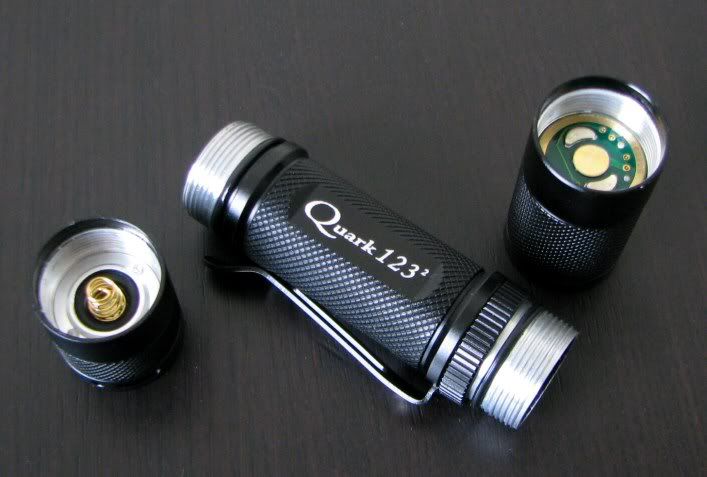
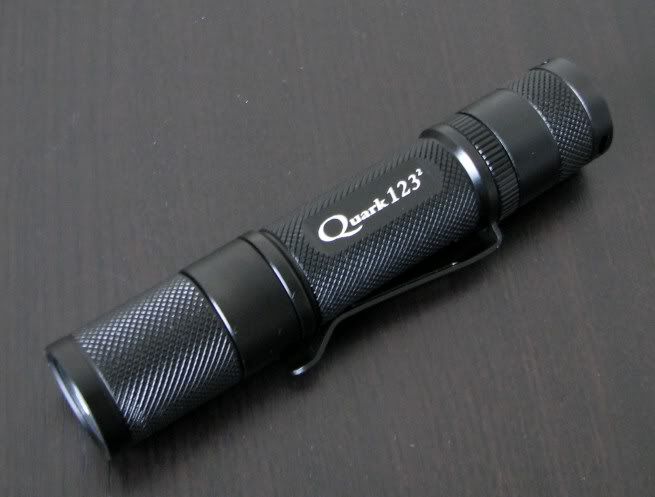





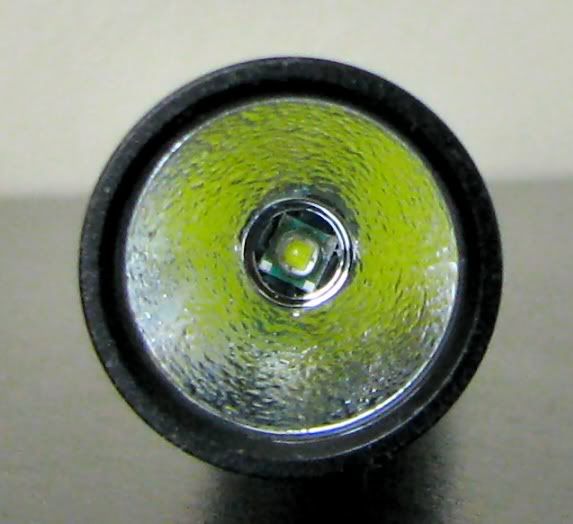








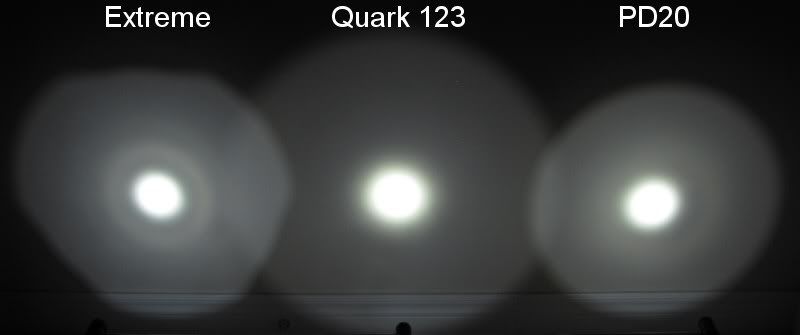

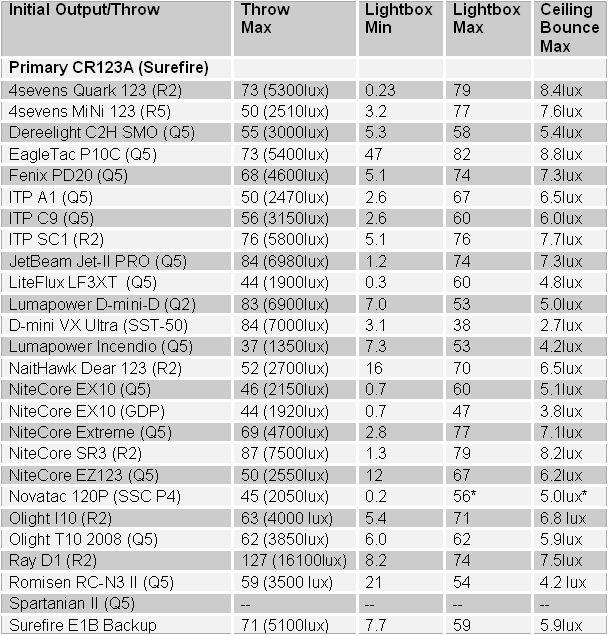




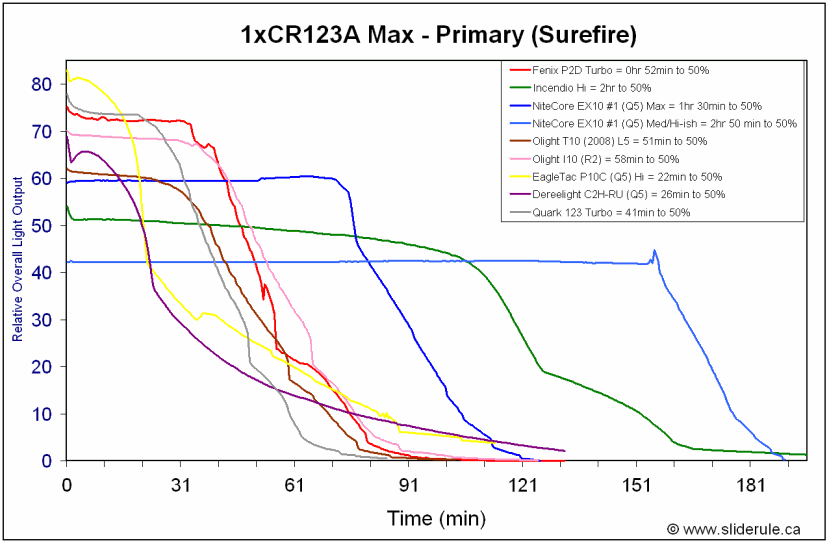
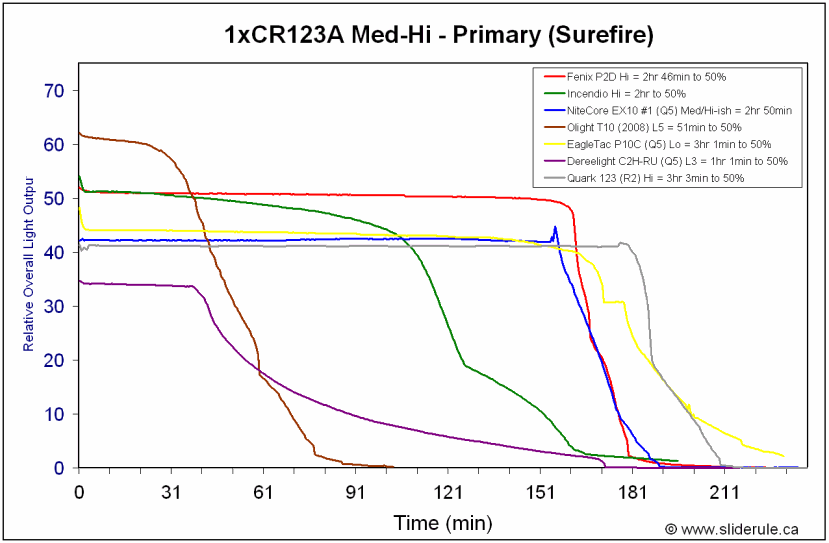
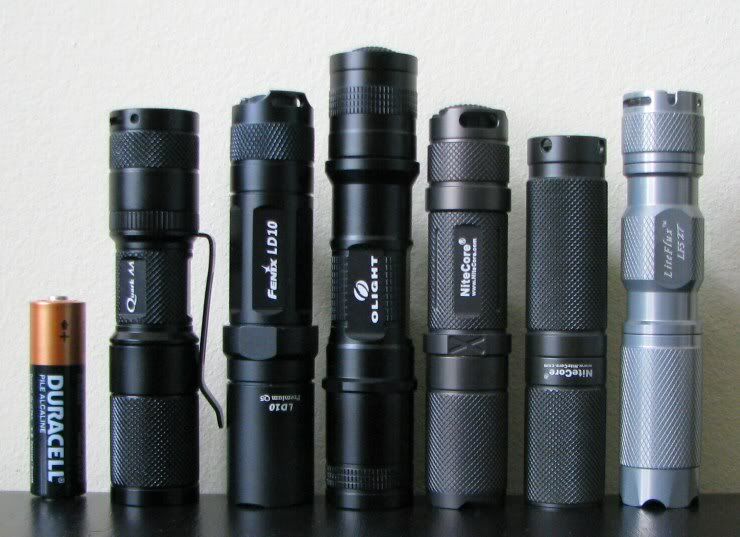
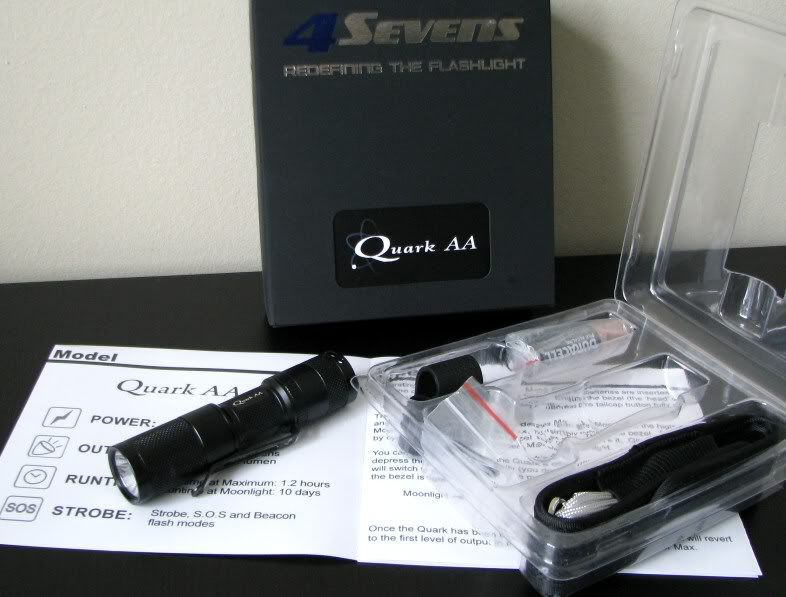

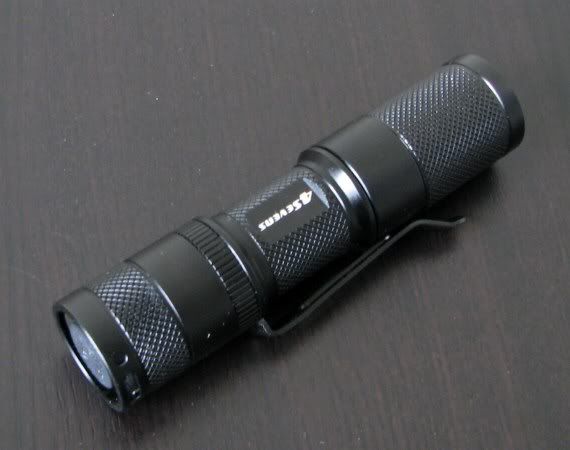
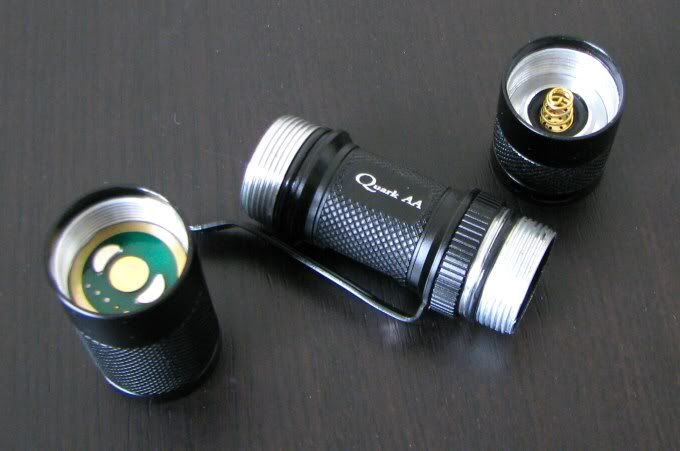
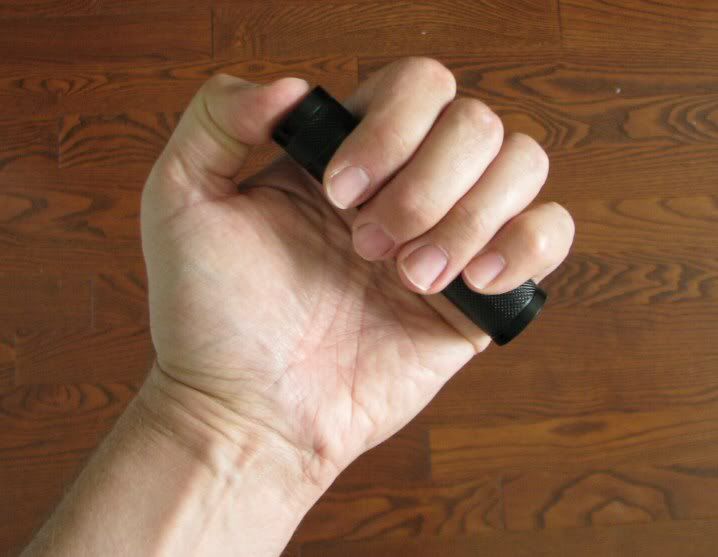




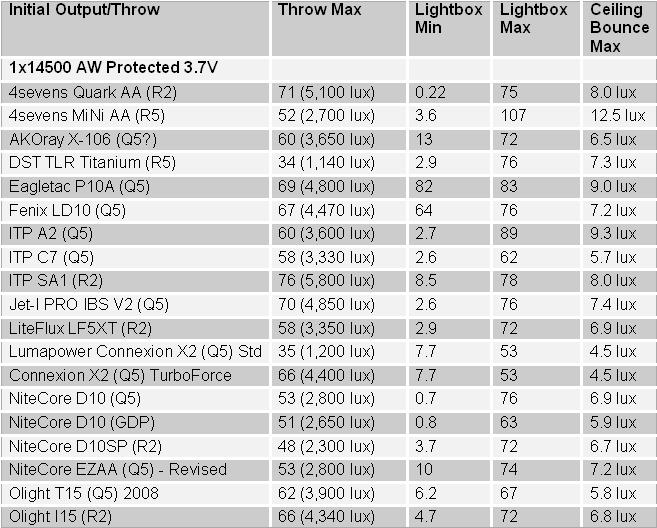
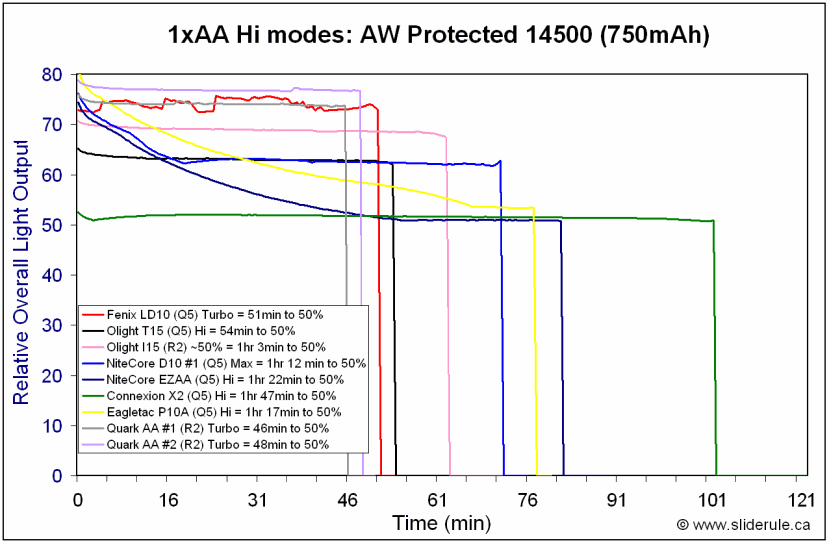



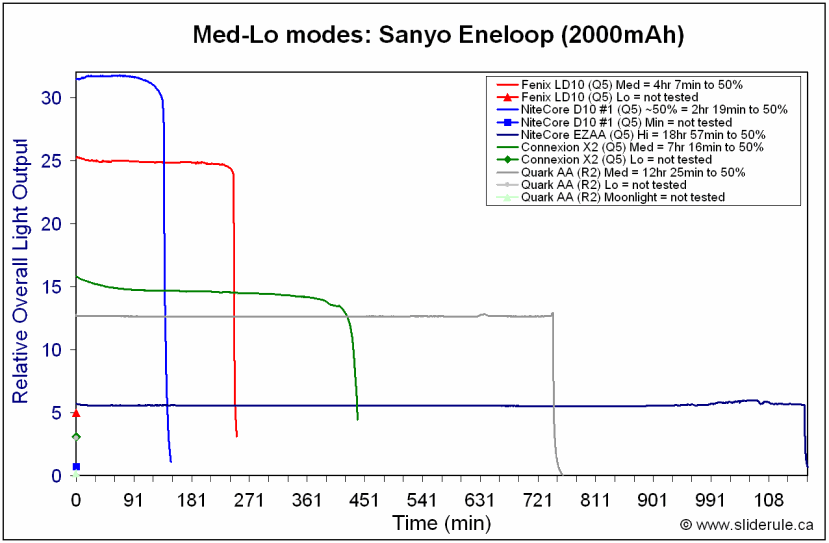


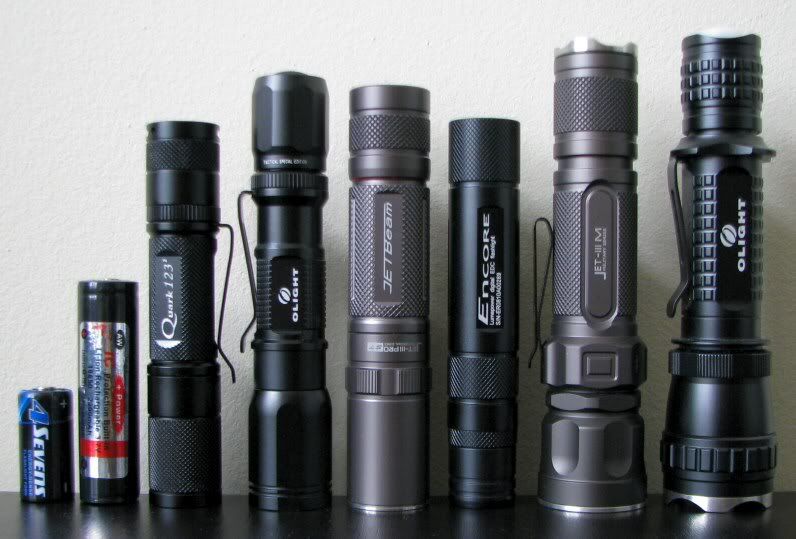



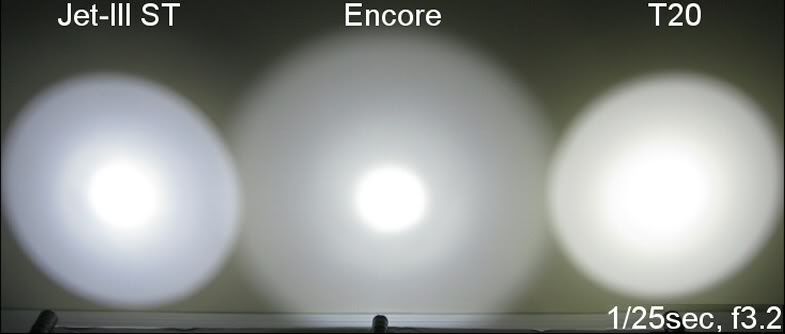
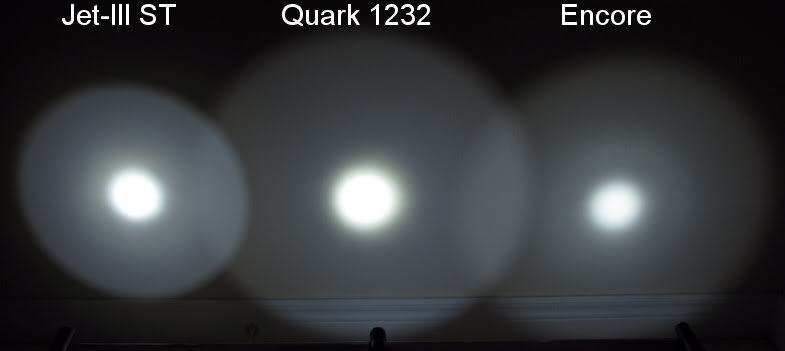

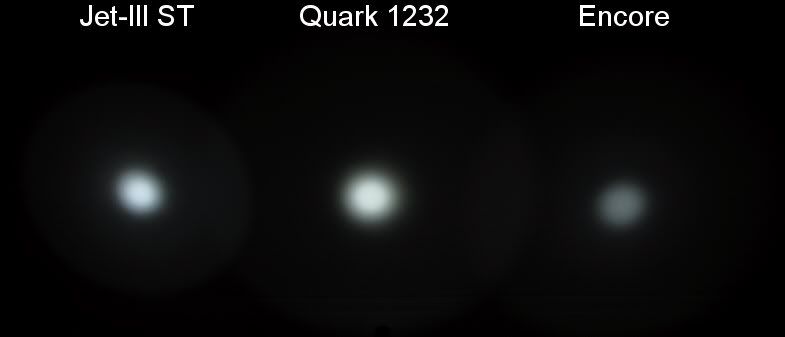
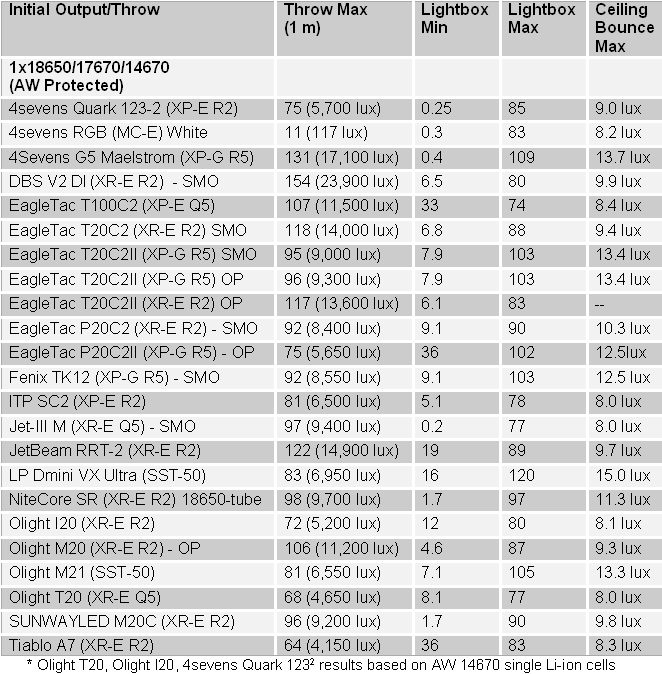
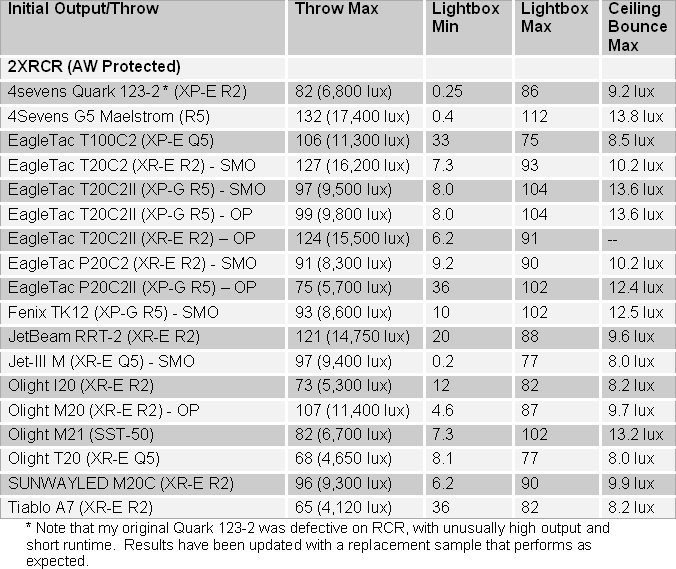
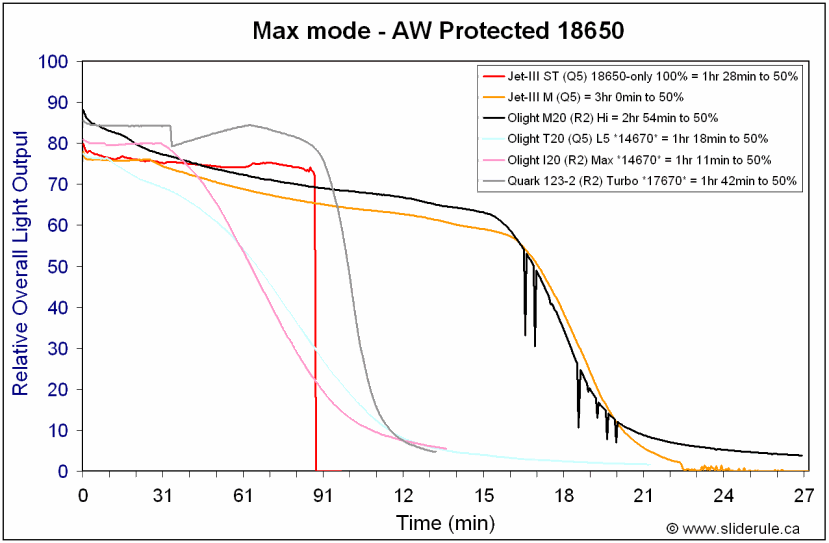
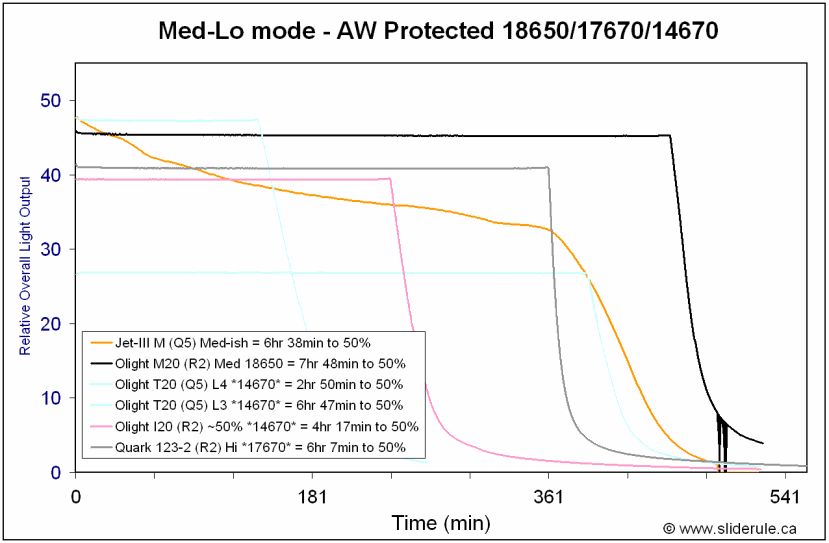




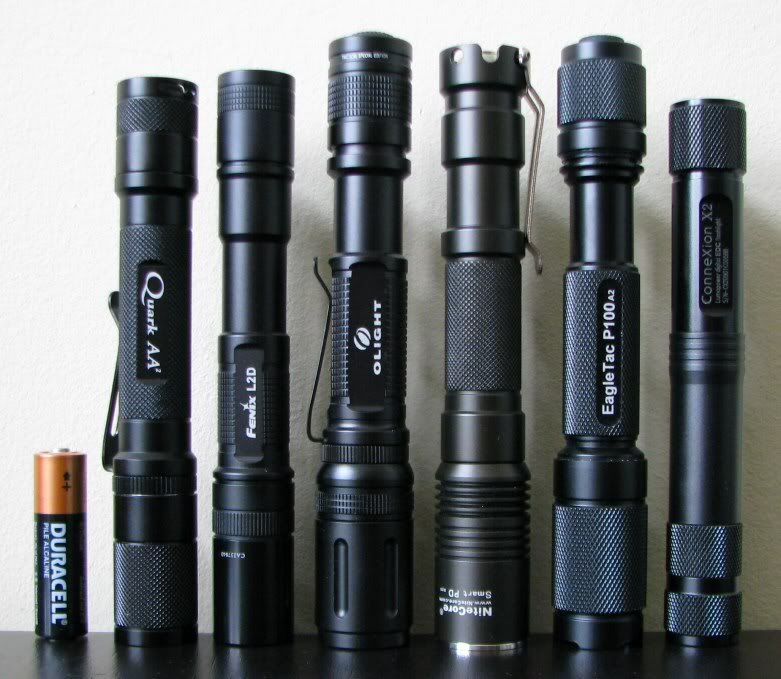

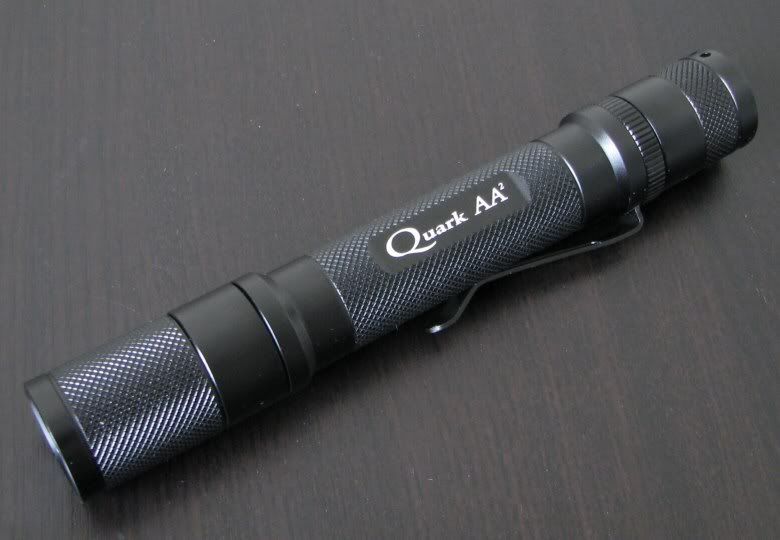




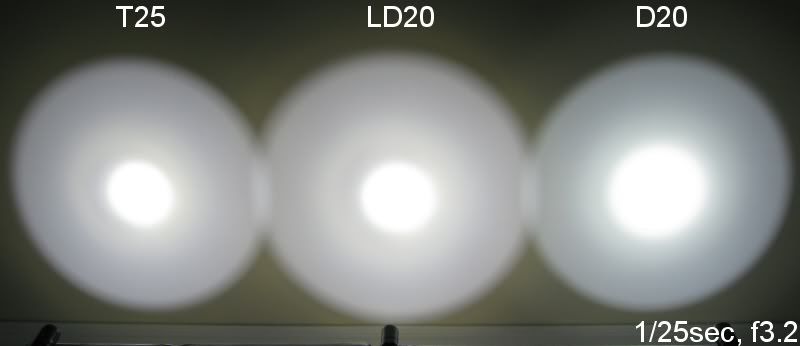
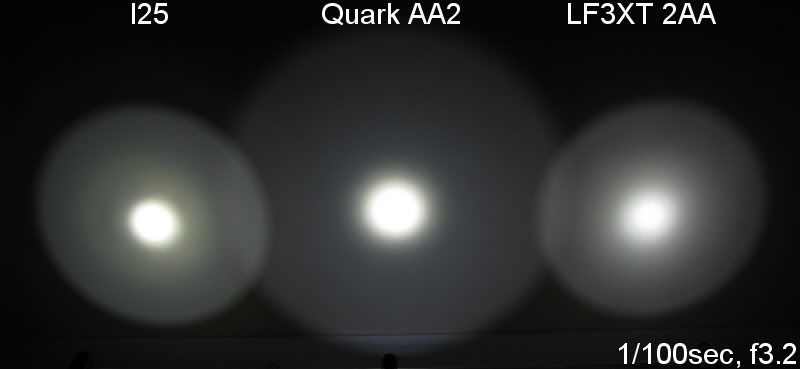
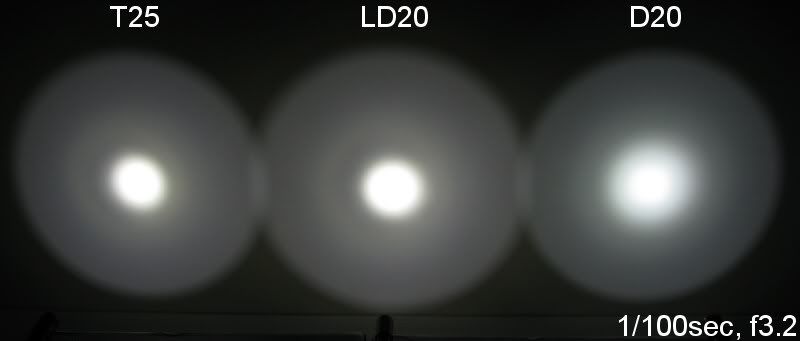
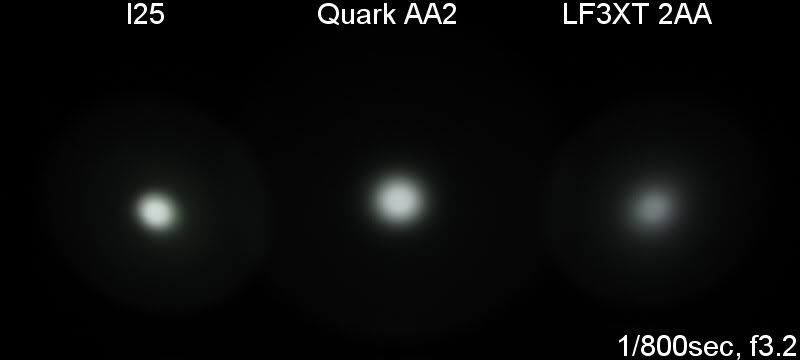
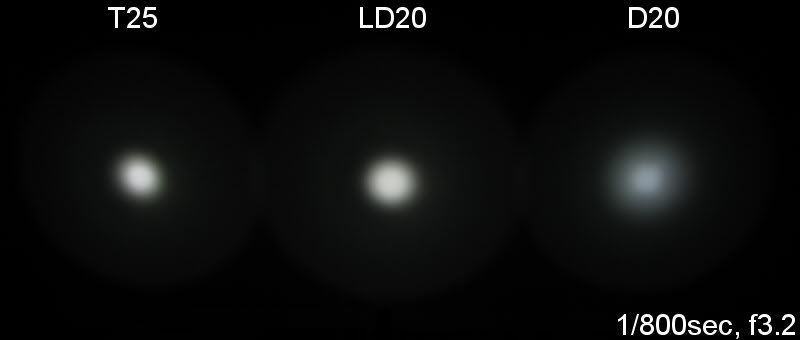
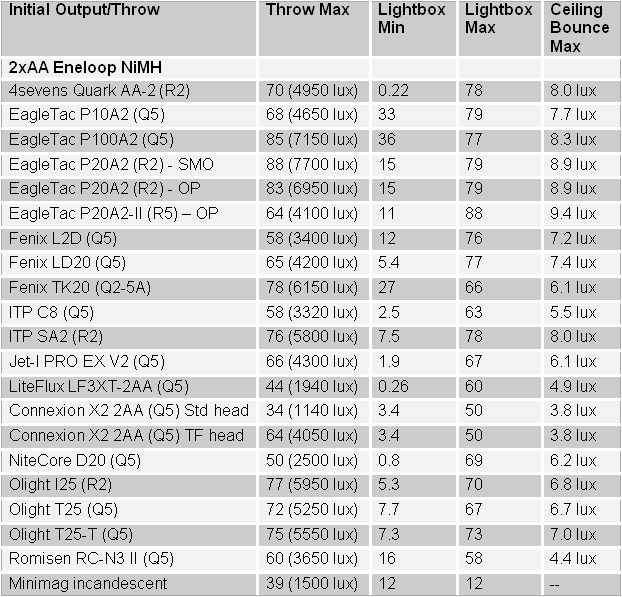




 . Unfortunately, in my browser (Google Chrome) none of your photos are coming through.
. Unfortunately, in my browser (Google Chrome) none of your photos are coming through.